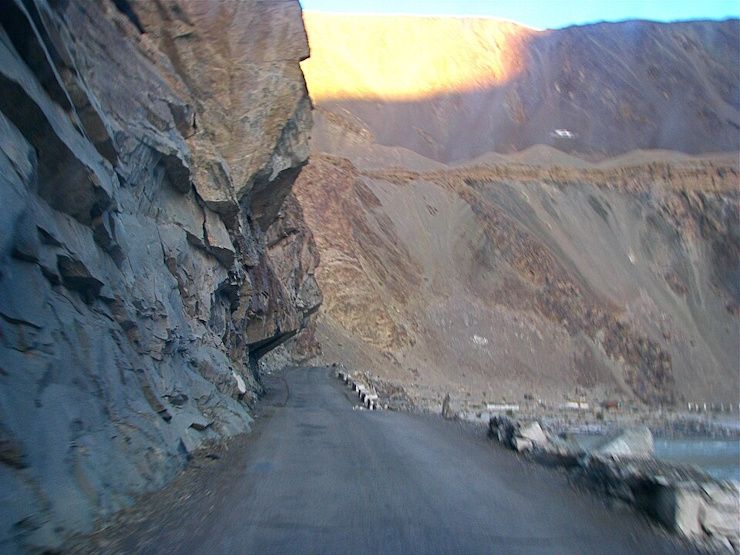This New Pass Replaces Umling La As The World's Highest Motorable Road: Details


The Border Roads Organisation (BRO) has set a new world record by completing the highest motorable road in the world at Mig La Pass in Ladakh.

The road sits at an altitude of 19,400 feet, overtaking BRO’s own previous record at Umling La (19,024 feet). On 1 October 2025, a BRO team led by Brigadier Vishal Srivastava, Chief Engineer of Project Himank, reached Mig La and hoisted the national and BRO flags to mark the achievement.
The road is part of the Likaru-Mig La-Fukche alignment and was built in conditions that test both machines and people. Oxygen levels are less than half of sea level, and winter temperatures can drop to minus 40 degrees Celsius.

Diesel engines lose power in thin air, hydraulics often fail, and even concrete needs special treatment to cure in freezing conditions. Work on the project began on 15 August 2023 with a budget of Rs 520 crore. Although it was initially planned as a three-year job, the critical section was completed in just over two years.
Beyond the world record, the new route gives year-round connectivity to Fukche village, a settlement near the Line of Actual Control with China. Until now, access was often cut off in winter.
For the armed forces, the road offers a third axis to move personnel and equipment into the Hanle sector, improving flexibility and reducing reliance on existing routes. For locals, the link means better access to healthcare, education, and markets in an area that has long been isolated.

Of the 14 highest motorable passes in the world, 11 have been built by the BRO. This includes Umling La as well as well-known passes like Khardung La, Tanglang La, and Chang La.
Project Himank, the BRO unit responsible for eastern Ladakh, has been leading this work since 1985. With a working season limited to a few summer months, each project requires tailored equipment, special acclimatisation for workers, and customised engineering solutions.

Apart from its military role, the Mig La road opens new opportunities for tourism. At over 19,000 feet, it offers views of the Indus Valley and Himalayan peaks that few travellers have seen before.
The route is expected to attract adventure tourists and could create new income streams for local residents. However, experts stress that tourism growth must be managed carefully to avoid damaging Ladakh’s fragile high-altitude environment.

If you are dreaming of riding or driving to Mig La, and are starting from Leh, the journey is long and challenging. The route generally runs east from Leh through Karu, Upshi, Chumathang, Mahe and Nyoma, before heading towards Loma.
From Loma, you take the turn towards Likaru, which acts as the base point for the new Likaru–Mig La–Fukche road. From there, the climb begins to Mig La Pass at 19,400 feet, now the highest motorable road in the world.
The total distance from Leh to Mig La is expected to be around 230–260 km, depending on the exact approach taken, with a travel time of 8 to 10 hours under good conditions. The last stretch over Mig La itself is newly built and still extremely high-altitude, so travel will be slow and weather dependent.
Being a border zone, you will need Inner Line Permits and possibly additional clearances before attempting this route. For civilians, access may be limited initially to escorted convoys until the road is fully stabilised.
BRO says it took steps to minimise environmental impact, including careful route planning and improved drainage systems. Special concrete mixes and modified equipment were used to manage thin air and low temperatures.
The agency is documenting these methods to use in future high-altitude projects. Globally, BRO’s dominance in this field is unmatched, and the success at Mig La may also draw international recognition for India’s mountain engineering expertise.